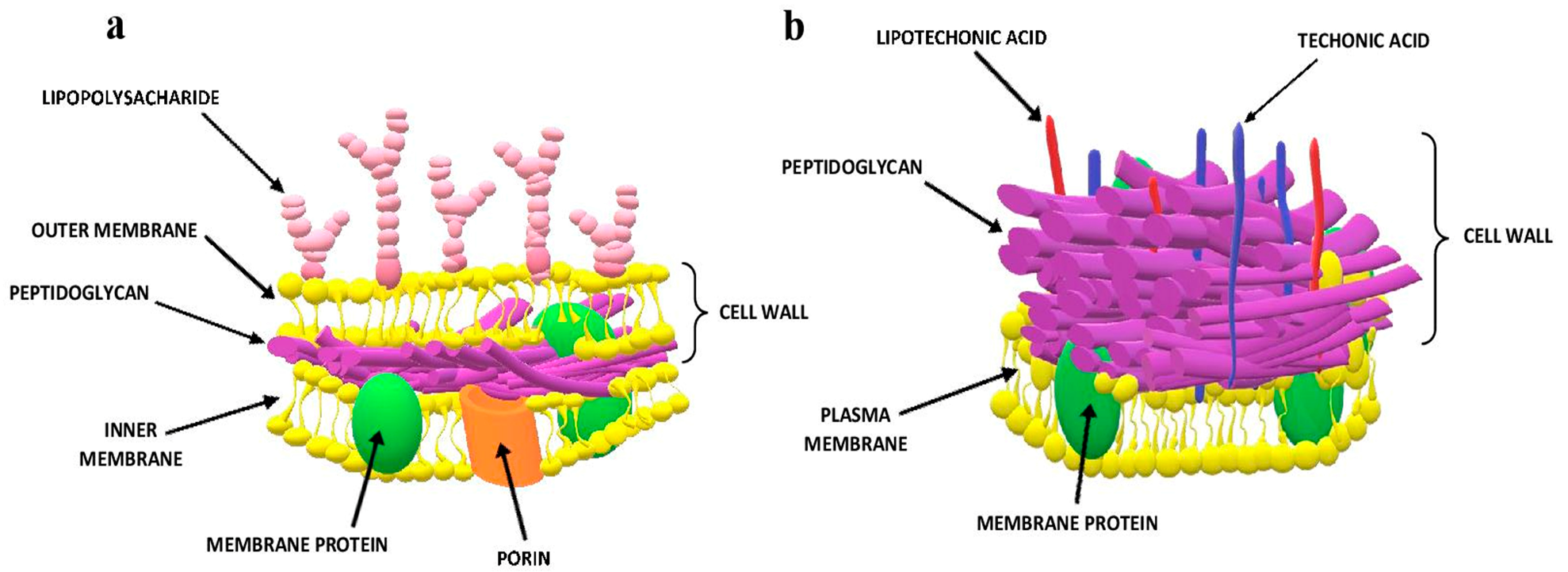

The OmpF-defective mutant was resistant to several antibiotics including β-lactams, suggesting that OmpF functions as the main route of outer membrane penetration for many antibiotics. In this study, we constructed mutants of all porins in Escherichia coli and examined the effect of porins on antibiotic resistance and membrane integrity. Although there are numerous studies regarding porins, a systematic approach about the roles of porins in bacterial physiology and antibiotic resistance does not exist yet. Porins are outer membrane proteins associated with the modulation of cellular permeability and antibiotic resistance. These are happening in people who are more prone to such infections as old aged people and pregnant women.A defining characteristic of Gram-negative bacteria is the presence of an outer membrane, which functions as an additional barrier inhibiting the penetration of toxic chemicals, such as antibiotics. Q.3: What infections are possible by gram-positive bacteria?Īnswer: Gram-positive bacteria are generally responsible for problems like Urinary Tract Infections. Also, their outer membranes are hidden by a slime layer and it hides the antigens present in the cell. Q.2: Which one is more harmful between gram-positive or gram-negative bacteria?Īnswer: Gram-negative bacteria are considered more harmful. Q.1: Give some examples of gram-positive bacteria.Īnswer: Some examples are Staphylococcus, Streptococcus, Enterococcus, etc. due to these bacteria.įAQs on Gram-Positive and Gram-Negative Bacteria: Some other infections also happen in the blood cells, bloodstream, wound infections, etc. Some common illness is indigestion, food poisoning, pneumonia, meningitis, etc.

This is the major characteristic of bacteria that have a cell wall composed of a thin layer of peptidoglycan. Gram-negative bacteria do not retain the crystal violet stain and further, it takes the color of the red counterstain in Gram’s method of staining. The teichoic acids are of two types, one is lipoteichoic acid and the other is the teichoic wall acid. Its cell walls additionally having teichoic acids and phosphate. Gram-positive bacteria constitute a cell wall consisting of multiple layers of peptidoglycan. Gram-positive bacteria show the visible violet color upon the application of mordant means iodine and ethanol. Also, some others are the bacterium which causes diphtheria and anthrax.

Such bacteria include staphylococci, streptococci, pneumococci. Gram-positive bacteria retain the color of the crystal violet stain in the Gram stain. 3.1.1 FAQs on Gram-Positive and Gram-Negative Bacteria: What are gram-positive bacteria?


 0 kommentar(er)
0 kommentar(er)
